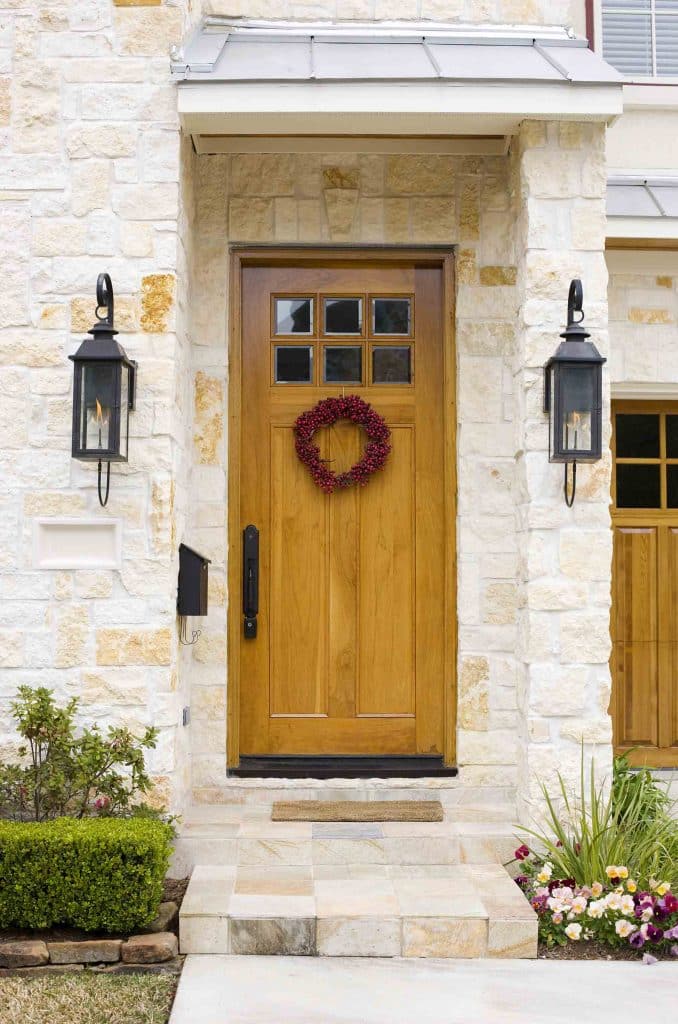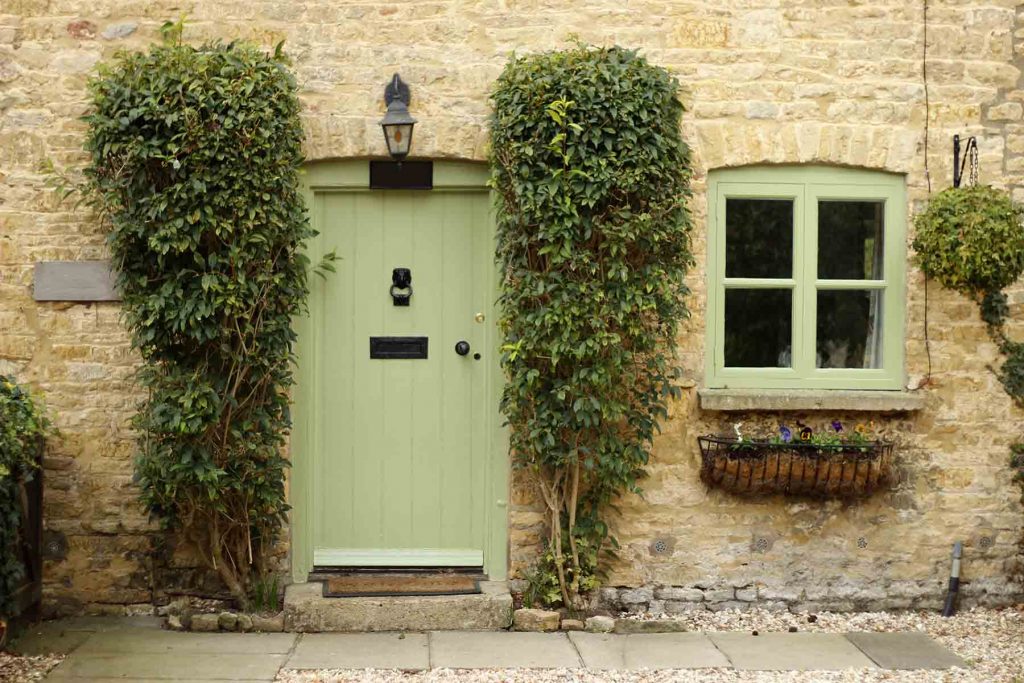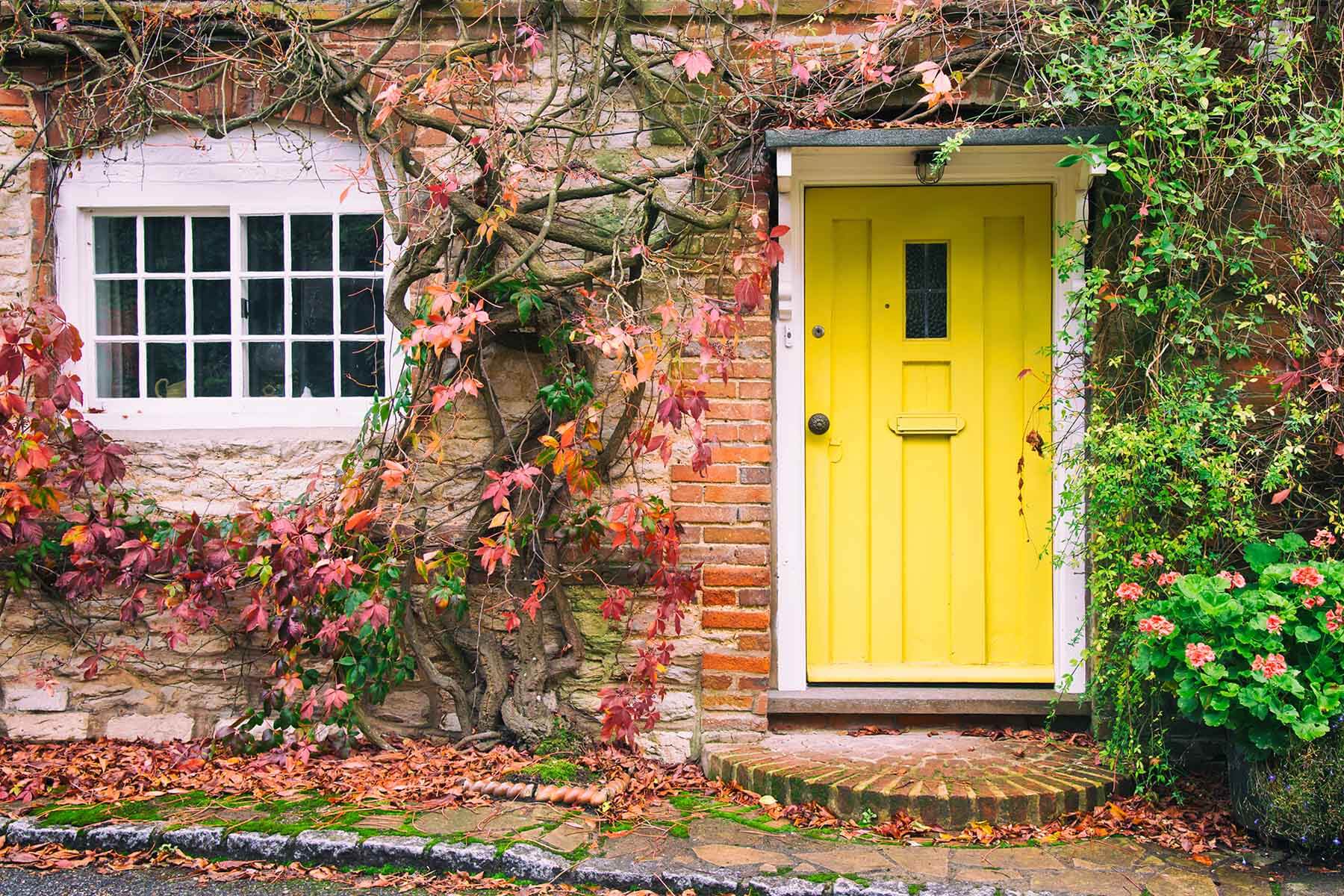Renovation vs Replacement: What to Consider with Your Wooden Door
If you have an ageing wooden door in your home that has seen its fair share of wear and tear, it is natural that you may be contemplating whether renovating your door is a viable option or if a complete replacement is more appropriate. Renovating the door offers several advantages, allowing for its rejuvenation and prolonged functionality. However, there are circumstances where replacement may become the more sensible choice. By examining the pros and cons of both alternatives, we can help to determine the most suitable course of action for your old wooden door.

Pros of Renovating an Old Wooden Door:
There are a multitude of compelling reasons to consider when renovating your old wooden door. These include its sustainability, cost-effectiveness, and ability to preserve its unique and inherent character. By opting for a renovation, you are contributing to environmentally-friendly practices, achieving potential monetary savings and maintaining the charm of the door.
Sustainable: In an era where the promotion of recycling and living sustainably is paramount, opting to renovate your old wooden door rather than replacing it aligns with environmentally friendly values. By renovating a worn-out wooden or damaged door, the need for new materials is reduced, leading to a minimised amount of wastage.
Cost-effective: Choosing to renovate instead of replace your wooden door is highly likely to result in cost savings. If the existing door needs cosmetic fixtures and is not damaged structurally, then renovating it presents a more cost-effective alternative compared to the expense of buying and installing a brand new door.
Preserving Character: If you appreciate the timeless sentimentality of your wooden door, and hold a particular fondness for its classic charm, then opting to retain it in your home rather than replacing it with a modern alternative will be a more favourable decision.

Cons of Renovating an Old Wooden Door:
Although renovating your worn-out door has notable benefits, there are of course some disadvantages to be mindful of. These include the potential discovery of concealed damage that may have gone unnoticed, constraints in terms of design options, potential for restricted durability, and the inherent time-consuming nature of door renovation. By acknowledging these factors, you will be able to make an informed decision when considering the renovation of your old wooden front door.
Hidden Structural Problems: Despite initial assumptions that your old door only has surface level damage, it is possible to discover underlying structural problems once the renovation has begun. In such instances, the expenditure required for addressing these issues could result in much higher costs or ultimately lead to having to replace the door anyway.
Design Limitations: When working with the old door’s existing framework, it is likely that you will have limited options in terms of design and aesthetics during the renovation process. The primary goal of the refurbishment is to preserve and enhance the door’s original structural design, which could pose challenges for making any significant alterations.
Durability Issues: Whilst renovating your old wooden door will undoubtedly give it a new lease of life and extend its lifespan, it is important to note that the longevity achieved through the renovation may not equal that of a brand-new replacement door.
Time Invasive: When refurbishing an old wooden door, it’s crucial to know that it can be a significantly time-consuming task. The restoration process typically involves meticulous tasks such as sanding, priming, repairing, refinishing and replacing hardware elements, all of which require careful attention to detail. These intricate processes can require an investment of your time, and demand a level of skill (and patience!).

Pros of Replacing an Old Wooden Door:
If your preference leans towards installing a new door as opposed to the replacement of your existing one, you will discover numerous advantages in doing so. Benefits include the opportunity to select a brand new style or fresh design, altering the aesthetic of the room. Additionally, a new door has the potential to offer enhanced security compared to a more worn door, and can also contribute to increased energy efficiency within your home.
A Fresh Look: If you decide to replace your old wooden door entirely, you open up a realm of possibilities in selecting a new one. This gives you the opportunity to completely transform the visual appeal of the space in which you are installing the door. By carefully considering factors such as design, colours, material, accessories and style, you can help to breathe new life and bring a personal touch to your home.
Enhanced Security: With a new door comes a safer home. Whether it pertains to an internal or an external door, replacing a worn out door equips you with a heightened level of protection. This is made possible through the opportunity to incorporate advanced safety features, such as fortified glass, high-performance locking mechanisms, and reinforced frames. By availing yourself to these enhancements, you will boost the overall security of your home, fostering a greater sense of safety and peace of mind.
Energy Efficiency: Modern doors boast advanced technological features that significantly improve energy efficiency. Opting for a new door equipped with double glazing and premium-grade timber, or other high-quality materials, results in superior insulation. This helps to keep warm air inside the home, whilst also keeping cold air out. The outcome is a more consistently comfortable temperature in the home as well as a reduction in energy bills.
Cons of Replacing an Old Wooden Door:
While there are numerous benefits to replacing your old wooden door, it is important to acknowledge a few potential downsides. One disadvantage is the potential environmental impact associated with manufacturing and disposing of the old door. In addition, the cost of replacing the door is likely to be higher than a renovation project.
Environmental Effects: Opting to replace rather than refurbish your ageing door has environmental consequences, including the waste generated by discarding the current door and the resources consumed during the manufacturing of a new one. By choosing to renovate your old door instead, you can significantly reduce the wastage and the demand for new materials, therefore fostering a more sustainable approach and reducing your carbon footprint.
Monetary Value: Installing a brand new door is likely to incur higher costs than renovating it. This is due to the combination of the use of more superior, high quality materials for a new door, as well as the labour cost for the skilled installation process.
Overall, there are advantages and disadvantages to installing a brand new door or refurbishing your existing wooden door. The ultimate determination rests primarily on your aesthetic preferences, budget considerations and the value you place on what is best for the environment.
At Ventrolla, we offer timber doors which are available in a range of styles and a range of colours that will upgrade the style of your home. Whether you are in need of a renovation or a replacement, Ventrolla is here to help. For more information, don’t hesitate to contact us today!
